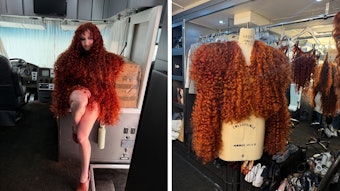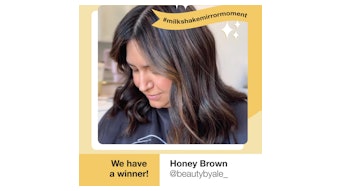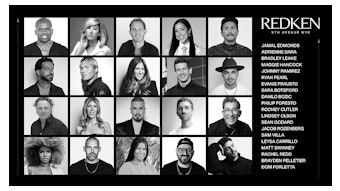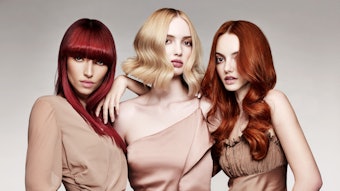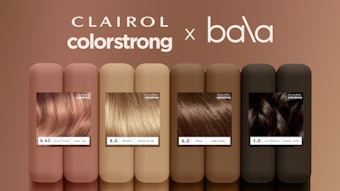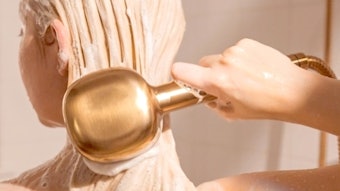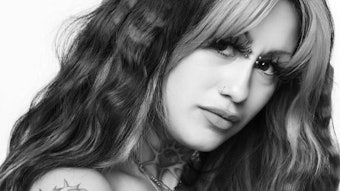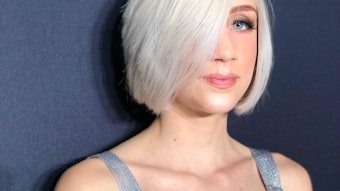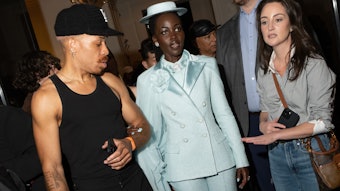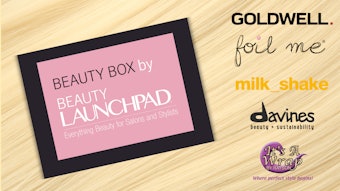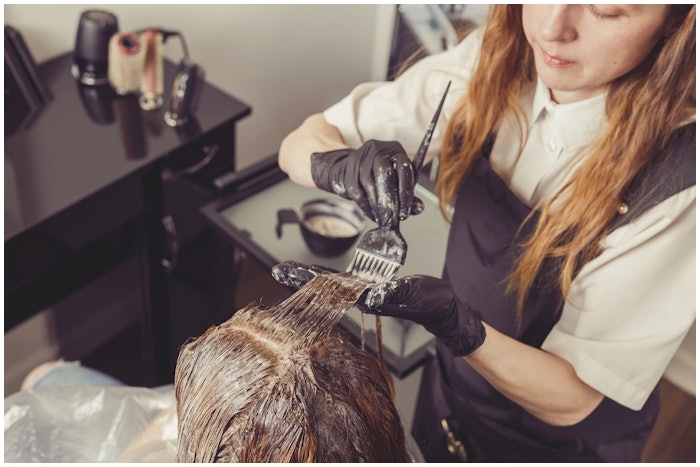
Hair coloring is often perceived as a surface-level cosmetic transformation. However, for seasoned professionals, it becomes evident that a change in hair color is deeply intertwined with emotional well-being, psychological states and even neurobiological responses. As a two-time world champion stylist and active practitioner in the U.S., I have observed that hair color acts as both a visual identity marker and a therapeutic mechanism, especially for women undergoing personal transitions or seeking renewed self-perception. This article explores the influence of hair coloring from three dimensions: emotional, physiological and professional — drawing from real-life salon experience, color psychology and dermatological safety considerations.
1. Color as Emotional Self-Expression
Color psychology has long suggested that hues influence perception, energy levels, and internal emotional states. According to research in behavioral aesthetics (Saito, 1996; Elliot & Maier, 2012), warm colors can increase stimulation, while cooler shades tend to calm the nervous system. When hair becomes the canvas, the result is not just psychological — it’s deeply personal.
Clients rarely choose a new color randomly. A woman opting for platinum blonde after divorce or copper red during career change isn’t just chasing a trend, she’s crafting a new narrative. Hair color becomes an extension of emotional energy: blondes evoke softness and reinvention, brunettes often signify grounded strength and vivid shades (red, purple, blue) can communicate rebellion, healing or creative awakening. In my practice, clients often report improved confidence and mood post-color service. Some describe the effect as “liberating” or “clarifying,” especially after long emotional stagnation.
2. Physiological Impacts and Neuroaesthetic Touchpoints
Beyond emotional shifts, the coloring process affects the client physiologically. Sitting still, being touched gently, receiving attention and observing gradual transformation in the mirror — all these factors engage the parasympathetic nervous system. It's a known mechanism in neuroaesthetics and somatic therapy: visual and tactile beauty rituals can lower cortisol, reduce muscle tension and increase dopamine (Kawabata & Zeki, 2004).
Moreover, healthy hair after coloring can directly support self-image. On the contrary, chemically damaged hair may lead to frustration, anxiety or even withdrawal from social interaction. That’s why professional products, scalp care and controlled technique are essential.
As stylists, we work not just with color, but with keratin structure, scalp pH, oxidative balance and most importantly: with the psychological state of our clients.
3. The Stylist as a Mirror Guide
Modern hairdressers are not just technical executors. We are aesthetic advisors, emotional listeners and sometimes silent therapists. Many clients open up during the sessions about grief, self-doubt, relationships and trauma. They leave not only with new hair but with visible lightness.
A stylist who listens deeply and suggests color based on emotional tone, not just skin undertone, can help catalyze profound internal change. For example: offering golden tones to a client grieving or soft lowlights for a woman rebuilding confidence — this is intuitive psychology in practice. This is especially important when dealing with clients recovering from illness, postpartum depression, loss or major life shifts.
4. Safety, Trust and Ritual
The coloring process must be safe: physically and emotionally. Clients trust us with their appearance, but often, unconsciously, also with their emotional fragility. Any mistake, such as over-processing or color mismatch, can have emotional consequences beyond mere inconvenience.
That’s why education, ethics and empathy are fundamental. Hair rituals also have a symbolic layer: cutting off the past, softening pain or marking a new cycle. In many cultures, hair is associated with life force or transformation (anthropologically and spiritually). Stylists, knowingly or not, act as ritual facilitators.
Conclusion
Hair coloring is a multidimensional experience. It merges science and emotion, chemistry and art, identity and healing. When practiced with awareness and integrity, it becomes far more than fashion — it becomes therapy through transformation.
Stylists today must understand the silent depth behind each color request. To color hair is, in many cases, to help color a new chapter in someone’s life.
